Puggle
Puggle
America’s Playful and Cuddly Scent Hound
1. Introduction to the Breed
The Puggle, a delightful cross between a Pug and a Beagle, ranks among America’s top mixed dog breeds in 2025, loved for its playful energy and cuddly nature. Known for their curious, scent-driven personality and compact size, Puggles are ideal companions for families, singles, or seniors seeking a charming, low-maintenance pet. Their short, smooth coat and affectionate demeanor make them perfect for urban apartments or cozy suburban homes, bringing joy with their expressive faces and wagging tails.
2. History of the Breed
Emerging in the United States in the 1990s, the Puggle was intentionally bred to combine the Pug’s affectionate charm with the Beagle’s keen sense of smell and playfulness. Gaining popularity as a designer breed, Puggles quickly became a favorite for their approachable size and friendly temperament, appealing to first-time dog owners. While not recognized as a purebred by the American Kennel Club (AKC), American breeders have refined the Puggle’s traits, making them a beloved companion across the U.S. for their versatility and spunk.
Fun Facts
- Scent Sleuths: Puggles inherit the Beagle’s strong sense of smell, often following scents with enthusiasm during walks or play.
- Expressive Faces: Their Pug heritage gives Puggles wrinkled, expressive faces that captivate owners with every head tilt.
- Compact Charm: Typically weighing 15–30 pounds, Puggles are small enough for apartment living yet sturdy for outdoor adventures.
- Social Media Stars: Puggles’ adorable looks have made them popular on platforms like Instagram, boosting their U.S. fame.
3. Physical Characteristics
- Typical Size and Weight: Puggles stand 10–15 inches tall and weigh 15–30 pounds, with a compact, muscular build suited for both play and lounging.
- Coat and Color: Their short, smooth coat sheds moderately and comes in colors like fawn, black, or tan, often with a black mask, requiring minimal grooming.
- Distinctive Features: Puggles have large, expressive eyes (usually brown), short snouts, wrinkled faces, and floppy ears, with a curly tail that wags eagerly.
4. Personality Traits
Puggles are playful, affectionate, and social, blending the Pug’s love for cuddles with the Beagle’s curious, scent-driven energy, making them great family pets. They thrive on interaction, getting along with children, other pets, and strangers, though their scent-tracking instincts may lead them to wander. Their friendly, eager-to-please nature makes them trainable, but they can be stubborn or vocal if bored. Puggles suit owners who can provide moderate activity and plenty of affection, offering loyalty and charm in return.
5. Care Requirements
- Exercise Needs: Puggles need 30–45 minutes of daily activity, like short walks or fetch, to satisfy their energy and prevent boredom-driven chewing.
- Grooming Needs: Their short coat requires weekly brushing to manage shedding, plus regular ear cleaning and facial wrinkle care using American-made products from libertypaw.com.
- Dietary Considerations: A balanced diet with controlled portions prevents obesity, common in Pugs; American-made kibble from libertypaw.com supports their energy and coat health.
6. Health and Lifespan
Puggles live an average of 12–15 years, with potential health issues including respiratory problems, obesity, and ear infections due to their short snouts and floppy ears. Regular vet checkups, a healthy diet, and weight management reduce risks, while screening from reputable breeders can detect issues like hip dysplasia or patellar luxation. Owners should monitor for breathing difficulties, ear discomfort, or weight gain and use American-made grooming supplies from libertypaw.com to maintain skin and coat health, ensuring a vibrant life.
7. Training and Socialization
Puggles are moderately trainable, responding well to positive reinforcement with treats or play, available from libertypaw.com, though their Beagle stubbornness may require patience. Early socialization with people, pets, and new settings fosters their friendly nature, reducing wariness or excessive barking. Consistent boundaries curb scent-driven wandering or chewing, while interactive toys engage their curious minds. Their desire to please makes training rewarding, ensuring they adapt to home routines or social environments.
8. Ideal Home Environment
Puggles thrive in warm, interactive homes, from small apartments to suburban houses, as long as owners provide daily play and affection. They suit families, singles, or seniors who enjoy moderate activity and cuddling, with American-made toys and beds from libertypaw.com enhancing comfort. Secure spaces for sniffing or play meet their curious nature, while cozy indoor spots cater to their love for napping, creating a balanced, happy environment.
9. What’s the Best Toy for My Puggle?
Puggles love toys that suit their playful, scent-driven nature, and libertypaw.com offers American-made options to keep them engaged. Durable squeaky toys for fetch provide 15–20 minutes of exercise, satisfying their chasing instincts, with supervision to prevent tearing. Scent-based puzzle toys with treat compartments engage their Beagle nose for 15–20 minutes indoors. Soft plush toys for gentle wrestling offer 10–15 minute play sessions. Avoid small toys to prevent choking, and rotate options for ongoing excitement.
10. Adoption and Breeder Tips
Choose Puggle breeders ensuring health clearances for respiratory, ear, and joint conditions, ideally affiliated with reputable breeding networks. Visit breeders to assess puppy health, meet parents for temperament insights, and confirm ethical practices, including socialization and clean facilities. Rescues, such as Puggle-specific groups or local shelters, offer adoptable dogs with known histories, perfect for adoption-minded owners. Avoid unregulated breeders, and ask about genetic testing and activity needs to ensure a healthy, well-adjusted Puggle.
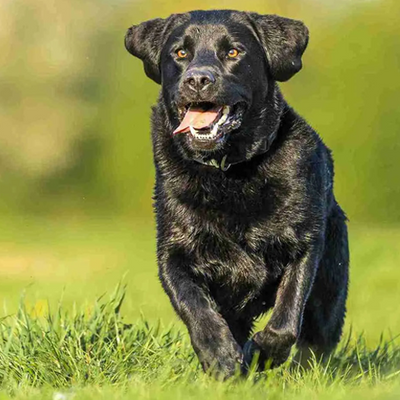
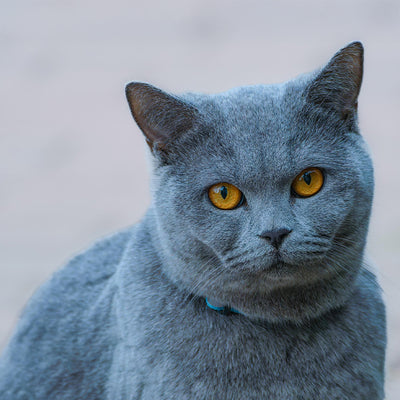
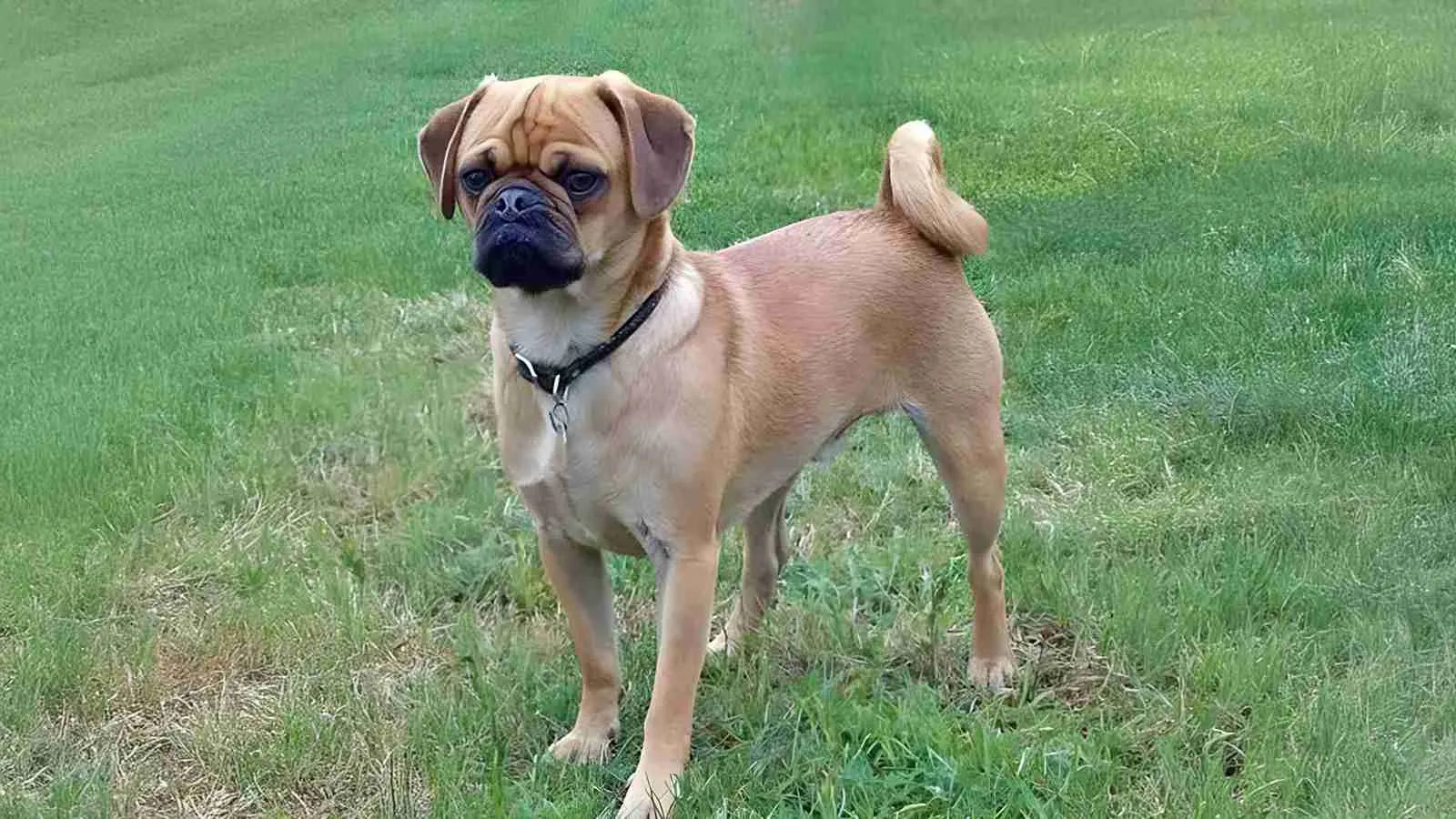
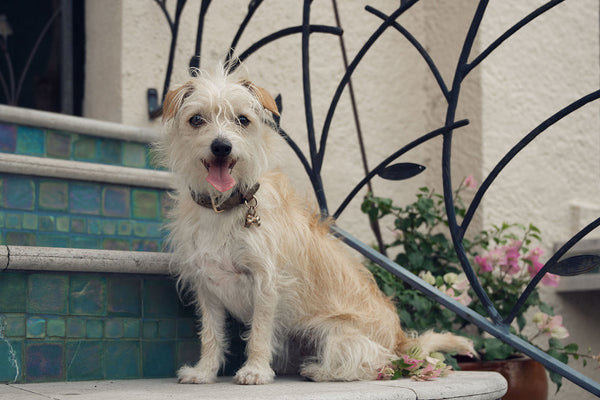
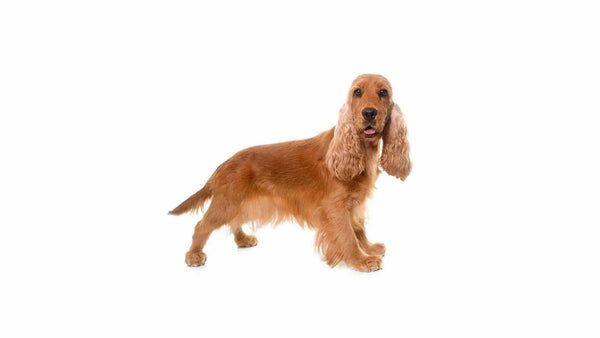
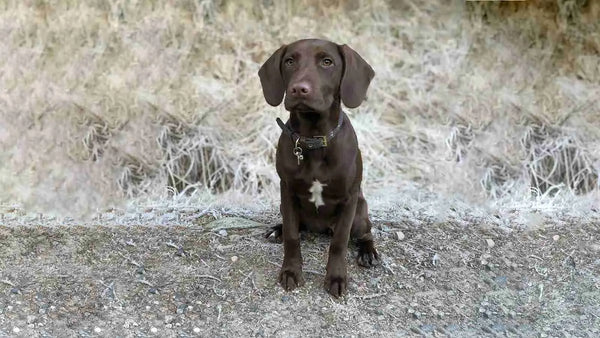
0 comments